Electric Clothes Dryer Problem: Part 1
Why am I not getting any heat from my new electric clothes dryer?
Why am I not getting any heat from my new electric clothes dryer?
Okay, everyone. Here’s a fascinating puzzle I’ve been working on with a RV technician for the last few weeks. I now understand what’s happening, but apparently not all RV shops and DIY RV owners know this.
How it works
So how exactly does a 240-volt clothes dryer work in an RV with a 50-amp 120/240-volt shore power connection? Is the clothes dryer actually wired for 240 volts or something else? And how could it possibly work with a 30-amp/120-volt shore power plug? Confused? Yes, many RV technicians do seem to be confused about how this works and do improper installations that won’t heat properly. I’ll do my best to demystify the process a bit.
Just the facts…
As you all should know by now, the 50-amp outlet you plug into is sort of a combination 120- and 240-volt connection, something called a split-phase service. That is, just like in your house depending on how it’s wired, this service can supply either 120 volts or 240 volts of electricity to your appliances though a variety or outlets and circuit breakers. But unlike your house, an RV can’t always depend on having a split-phase 120/240-volt service available to plug into.
Nope, if your 50-amp RV is plugged into a 30-amp pedestal with a dogbone adapter it’s 120 volts and nothing more. Take a look at how the power company actually wires up your house (and your campground pedestal). (As usual, you can click on any of my graphics to enlarge them to full size.)
Note that even though there’s a 240-volt winding on the lower half of the transformer, there’s a center-tap wire that divides it in the middle into 120- and 120-volt legs, which I’ve called Hot 1 and Hot 2 in the illustration.
That center wire is called the neutral and is colored white in the USA. This is a standard split-phase 240/120-volt service.
Also note that in addition to showing various loads of 500, 800, 900 and 1,200 watts powered by 120 volts, there’s a high wattage load at the bottom that’s typically the electric clothes dryer, water heater or oven in your home.
The mistake that many RV technicians and owners make is assuming that your RV is wired the same way as your home. The problem is that few RVs (except for the largest coaches) have any appliances powered by 240 volts. So even if you do have an electric clothes dryer, it’s typically powered by a single pole of 120 volts on a 30-amp breaker and outlet, not the 240-volt, 2-pole outlet in your home.
In fact, most RV circuit breaker panels are built so it’s impossible to plug in a 2-pole circuit breaker to make 240-volts of 2-pole power. As you can see, there’s a 50-amp incoming breaker which effectively splits the panel into two separate bus bars, each of which powers the circuit breakers on the left or right side of the panel. So there’s no way a single 2-pole breaker can grab two different legs of incoming power.
Why is this important?
What does that mean for our electric dryer? Well, if we simply take a residential 240-volt dryer and hook it across the 120 volts available at the outlet, then at the very least the heating element will be outputting only 25% of the rated wattage. So a dryer with a 3,600-watt heating element at 240 volts will now be creating only 900 watts of heat.
And that’s exactly why a 240-volt residential dryer in your 120-volt RV takes forever to dry your clothes. There’s just not enough wattage to do the job. The reason why the motor and electronics still run is that they’re designed to operate from 120 volts, even in a 240-volt power situation.
Ohm’s Law Alert
So what are we to do? Well, you can, in fact, get a replacement heating element for many residential clothes dryers that will convert them to 120 volts, albeit at slightly reduced wattage. And if the heating element has a center-tap connection there’s a rewiring trick you can do to get 1,800 to 2,400 watts on a 120-volt supply. But that’s a brand- and model-specific rewiring trick which we’ll explore in a few weeks.
In the meantime, you can tell what type of element you have in your dryer by measuring its resistance (with the power off, of course). For a 120-volt element if you multiply 120 x 120 = 14,400 then divide by ‘vethe rated 2,400 watts you’ll get 6 ohms. But a 240-volt, 3,600-watt element calculates as 240 x 240 = 57,600 divided by the rated 3,600 watts, and you should measure around 16 ohms. In general, a 120-volt, 2,400-watt element will measure around 6 ohms, and a 240-volt, 3,600-watt element will measure around 16 ohms.
Take a break, you’ve earned it!
Okay, that’s enough of a brain teaser for now. Stay tuned for Part 2 of the RV dryer rewiring solution next time.
Let’s play safe out there… Mike

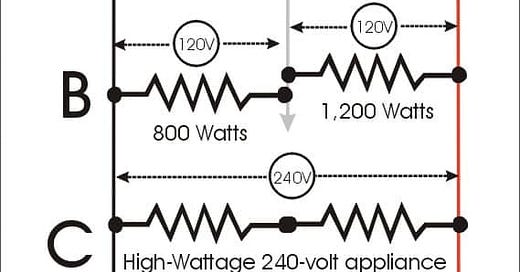


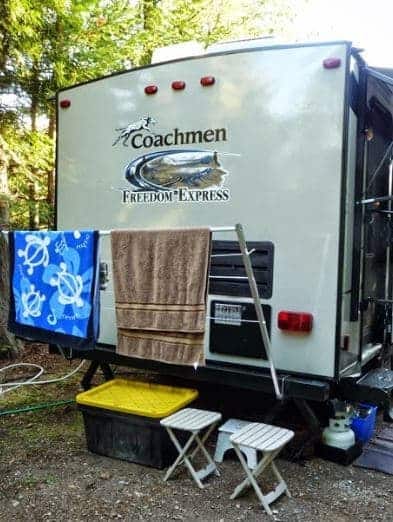

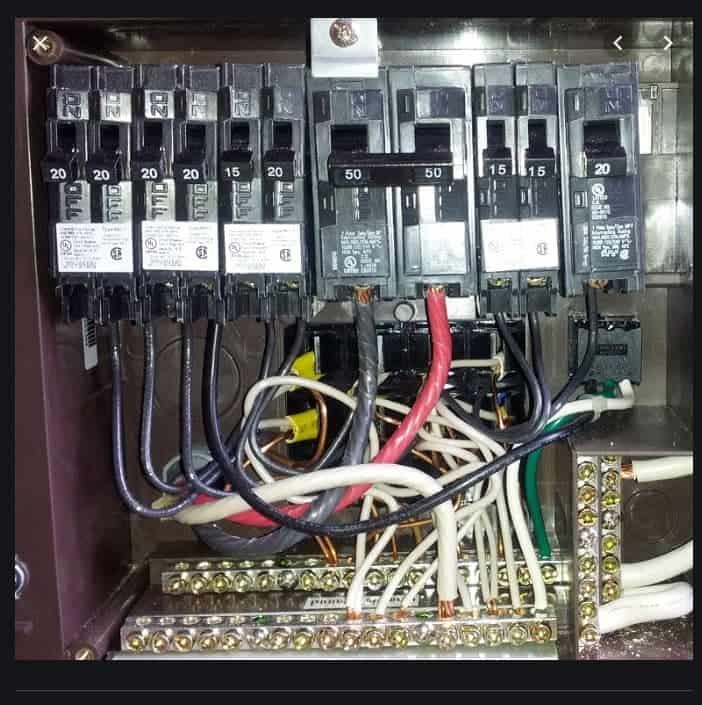
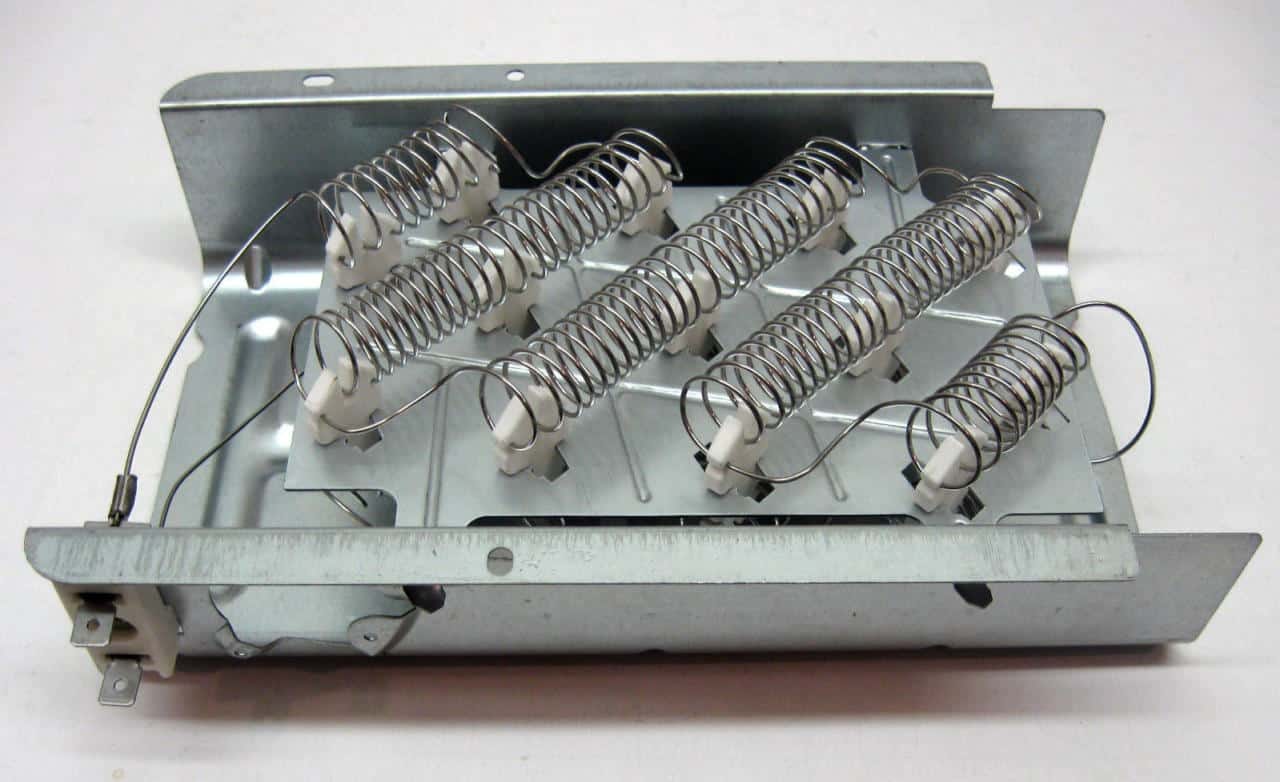
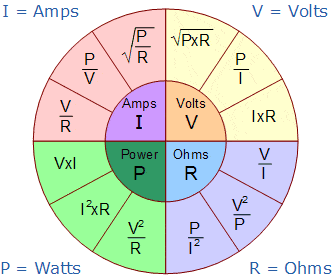

Great article Mike! I'll bet there are some here (including a friend of mine) who have this dryer issue.